Insurance Times reveals Andrew Moss’s sales plan and appointment of J.P. Morgan
An air of expectancy filled the room as Patrick Snowball stood up in front of analysts to run through a slick presentation on his grand dream for Norwich Union and the newly acquired RAC.
Snowball, the UK chief executive, explained his big idea of cross-selling insurance to RAC’s 2.2 million breakdown recovery customers and turning the business into an insurance powerhouse to truly rival the AA’s financial services arm.
On that warm spring day in 2005, Snowball made a convincing case that Aviva had bagged a bargain in an age when brand reputation meant everything.
But not everyone was convinced.
Chief financial officer Andrew Moss had reservations about the RAC deal, although, being a cool head and a pragmatist, he went along with the buy for reasons of “collective responsibility”.
But last week Moss, now group chief executive of Aviva, finally put paid to Snowball’s dream when he effectively sanctioned the sale of RAC, deemed a non-core asset, by calling in adviser J.P. Morgan, as exclusively revealed by insurancetimes.co.uk last Thursday.
So why didn’t Snowball’s dream materialise?
Aviva could never quite get its head around what to do with RAC’s general insurance arm.
First it was a broker business with a panel, then it became a direct business underwritten solely by Aviva, before reverting back to a broker and panel in 2009.
RAC had most success cross-selling to breakdown recovery customers, but struggled selling to other parts of the company, namely the British School of Motoring and Auto Windscreens, whose customers felt less loyalty to RAC.
The business suffered consecutive blows when marketing director Bridget McIntyre, who was a great supporter of RAC, left for RSA in the middle of 2005 and Snowball himself departed in May 2007, after Moss won the group chief executive role.
“If Snowball had stayed on, it might have worked,” a source said. “He was a very go-getting, pushy sort of person. He also had a lot of support in Bridget, but she’s gone as well now.”
Once in control, Moss pioneered the Aviva rebrand, which further disconnected RAC from the business. Then last year, Moss signalled to investors that non-core assets would be sold, which placed RAC, which never showed any significant growth in profits, in line for the chop.
Just not good enough
Although RAC was never a resounding success, neither was it a resounding failure.
According to RAC’s last filed accounts at Companies House, the breakdown business churned out pre-tax profits of £76m in 2009 and its breakdown assistance insurance arm returned a £3.2m profit.
The RAC general insurance business produced a £6.5m loss in 2009, but is beginning to flourish once again under the broker and panel model on aggregators, evident by a doubling of sales last year.
The aggregator-driven RAC general insurance arm complements Aviva’s direct offering, which eschews price comparison sites.
There have been concerns that Aviva might not achieve the £1.1bn it paid for RAC in 2005, especially as 2009 accounts show a £315m pension deficit. However, Aviva Group reduced pension deficit to zero last year and, at the very least, there would be a significant reduction in RAC’s deficit.
Aviva has also pulled in anywhere between £300m and £400m after selling a string of RAC-owned businesses, including LEX vehicle leasing, Auto Windscreens and BSM.
If Aviva can fetch around £600m for RAC, then it will have nearly recouped its original outlay – not bad at today’s prices.
A source says: “At the end of the day, it’s a business that has done well, added value and is still working okay. But it’s not a big growth area, which is what Moss wants.
“A private equity company might be able to turn the £80m profits into £120m, and for those guys, it’s quite a lot of money. But for Aviva, really, that’s small beer.”
The Patrick Snowball dream may have finally ended but for private equity, which has for years lusted after RAC, it represents a new era.





























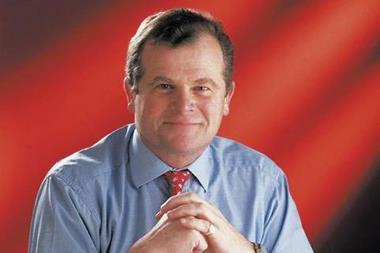
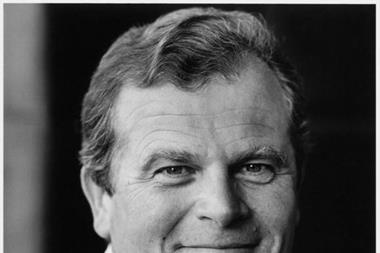
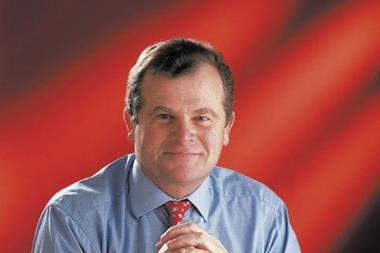

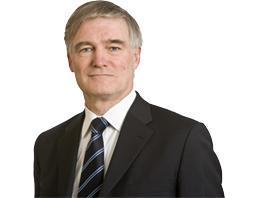
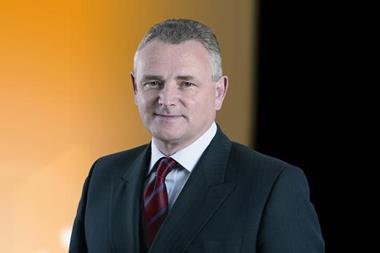



No comments yet